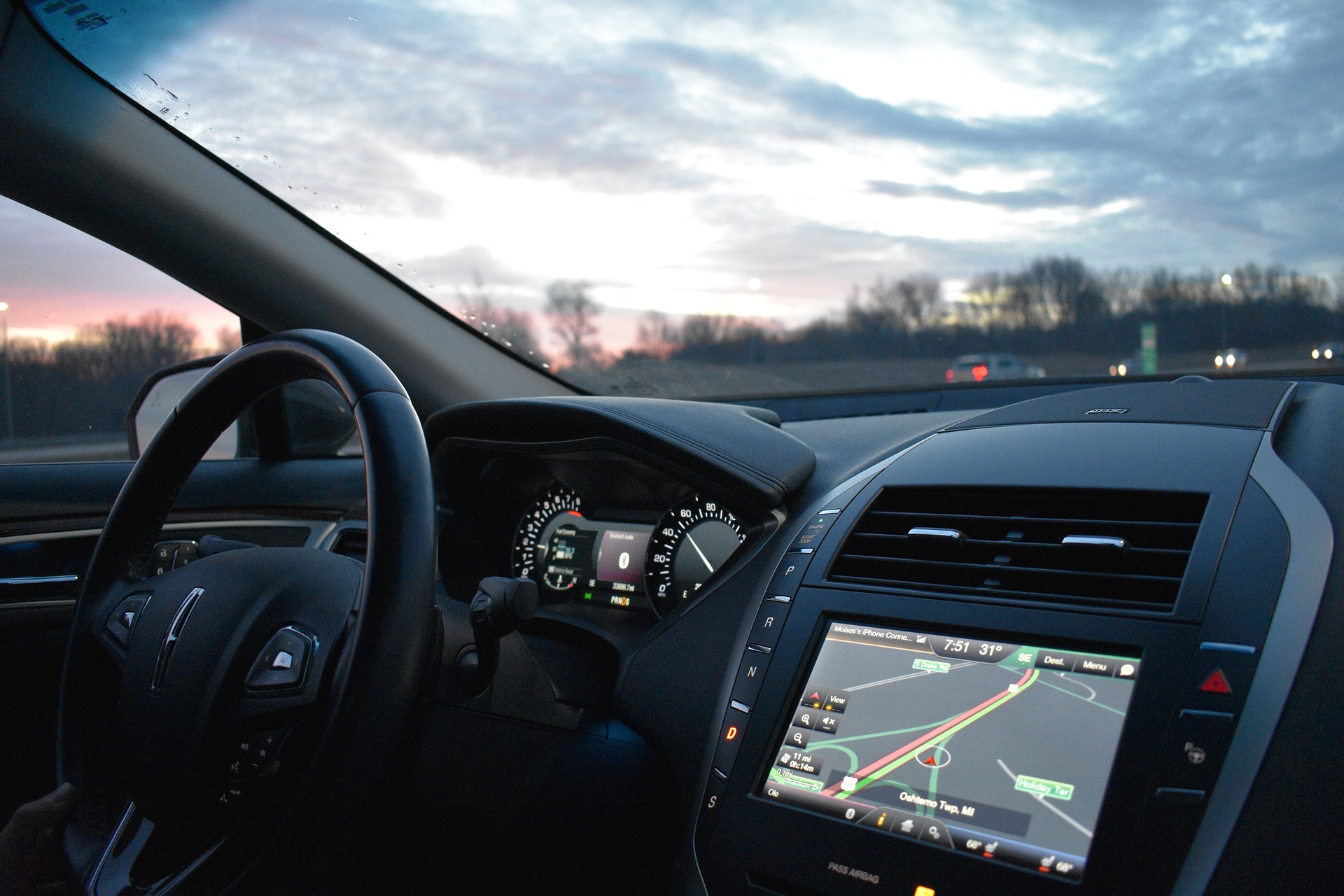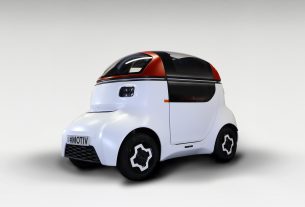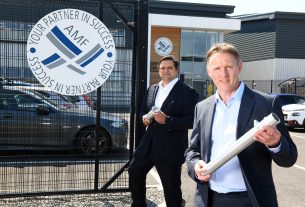Sony’s PlayStation 5 features the DualSense controller, making it the latest innovation in gaming. Offering a more immersive experience, the controller’s adaptive triggers allow players to feel the game. This technology, known as haptic feedback, communicates a sense of feeling to its users, which can be useful in many applications. Here, Dave Walsha, commercial development officer at precision drive system supplier Electro Mechanical Systems (EMS) explores haptic technology and the motors behind it.
Haptic technology is any technology that allows users to experience touch. It does this by triggering the body’s somatosensory system. The somatosensory system is the part of the nervous system that responds to change on the surface of, or just inside, the body. It includes the sense of touch, sense of position and movement and haptic perception, which is the ability to recognise an object through touch.
There are different ways to use technology to deliver this sense of feeling. The most appropriate technique depends on the product’s application. Applications of haptic technology include uses in the automotive and medical industries, which use motors to haptically communicate with the user.
Eyes on the road
Haptics are increasingly used in the automotive industry to improve passenger safety by minimising the need for the driver to take their eyes off the road. Haptic feedback can be integrated into the car’s touchscreen interface to confirm touch commands such as adjustments to the heating system or music playback to the driver.
The gentle vibration that the system generates is detected by the driver’s somatosensory system, to give them a non-visual confirmation that their command has been actioned. This prevents the driver from having to take their eyes off the road to check the interface.
On a more complex level, haptic technology is increasingly being incorporated into other contact surfaces, including the steering wheel and the seat. In conjunction with other devices, such as sensors, motors can provide haptic feedback to the driver by catching their attention through a warning vibration.
If the sensors detect a possible safety threat, for example, if the driver gets too close to the vehicle in front or they are approaching the edge of their lane, a motor located within the steering wheel can vibrate to warn the driver. This non-visual communication alerts the driver without further compromising their safety.
Precision in incisions
Minimally invasive robotic surgery (MIRS) can deliver many advantages over traditional surgical procedures, but the loss of force feedback can result in tissue damage. As robotic surgery gains popularity, it’s imperative that haptic feedback systems become a standard feature of MIRS.
In these intricate procedures, doctors can perform with more precision, flexibility and control than is possible with conventional techniques. During the procedure, a robot is connected to a 3D monitor to allow the surgeon to view the procedure, who then controls the robot using a surgical console and joystick. Haptics are incredibly useful for MIRS because they simulate the feeling to the surgeon, making them feel more like they’re the one clutching the surgery tools.
To provide haptic feedback, a force feedback system uses an electric motor to provide resistance. As the surgeon moves the robot, this resistive force gives them information about the environment by resisting commands. This helps them to determine if they are applying too much or too little pressure.
The goal of haptic feedback systems is to restore the sense of touch available when performing tasks with human hands, while still offering the control and reliability benefits that uses robotics can bring to minimally invasive procedures. Achieving this precision requires a motor that can deliver accurate movements to the robot.
The FAULHABER SR series of DC micromotors with precious metal commutation has a low mechanical time constant and low weight, which makes the motors highly reactive. They can also have integrated incremental magnetic encoders, adding just 1.8 millimetres to the motor’s length, which can help control dynamic changes to the direction and velocity of the motor’s rotation and the positioning of the motor. This closed loop feedback can give the robots better precision in their incisions than an unaided surgeon could achieve alone.
Whether it’s getting a feel for the virtual world through the PlayStation 5’s DualSense controller, improving driver safety through vibratory motors or making robotic surgery more realistic, haptic feedback’s ability to immerse the user in an alternate reality is amplifying user experience across several sectors.
In the way that cameras provide sight and speakers provide audio, haptics offer its users an additional sense, leaving just the development of smell and taste technology before users can experience a full AR sensory explosion.




